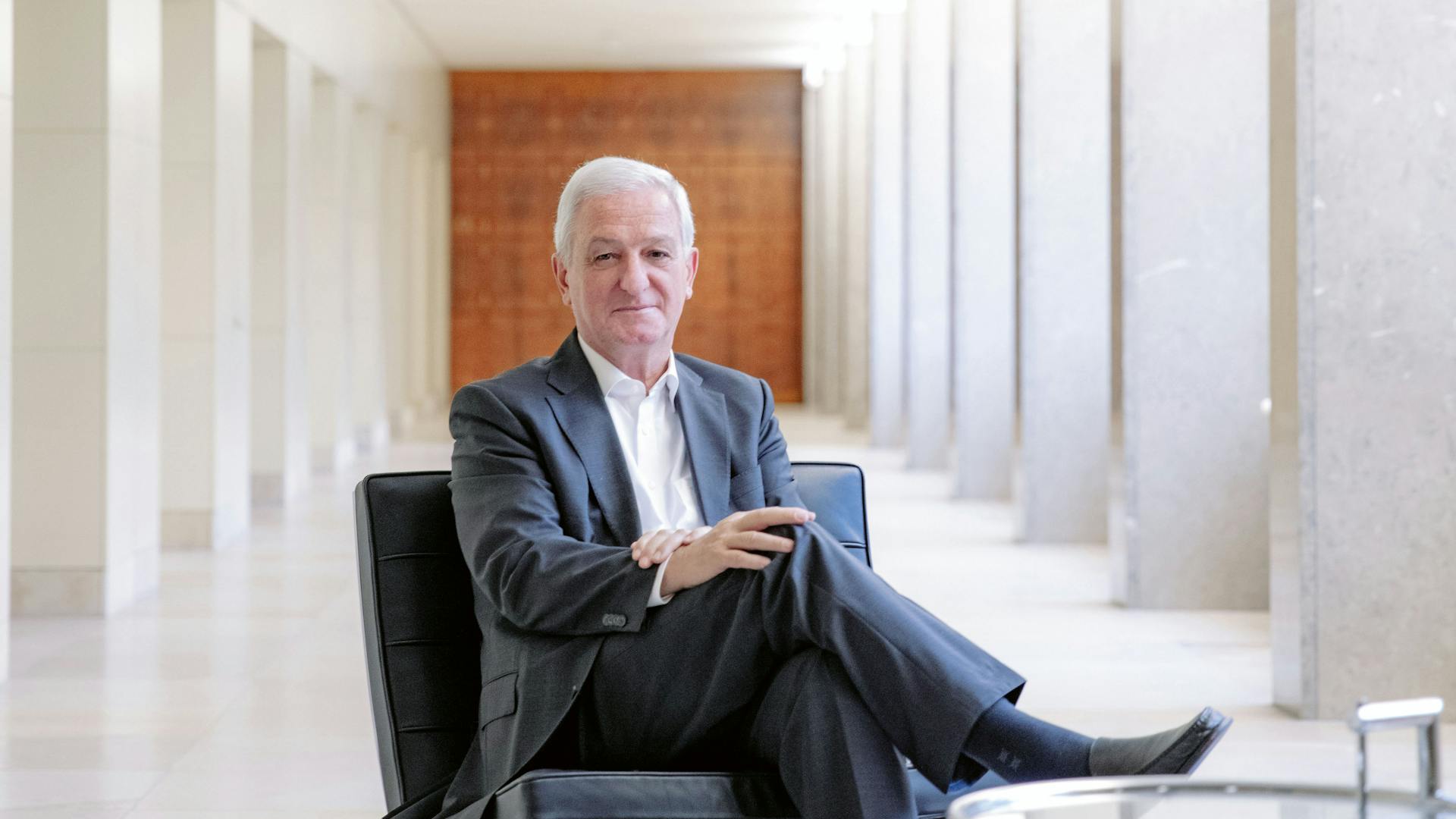
People
00
«We seek an active dialogue with society»
Text by Goran Mijuk, Photos by Adriano Biondo


Live Magazine
This site is intended for a global audience.


Text by Goran Mijuk, Photos by Adriano Biondo




These cookies are necessary for our websites to function and for measurement. We do not allow opt-out rights with respect to these cookies.
These cookies allow us to count visits and traffic sources so we can measure and improve the performance of our site. They help us to know which pages are the most and least popular and see how visitors move around the site. All information these cookies collect is aggregated and therefore anonymous. If you do not allow these cookies we will not know when you have visited our site, and will not be able to monitor its performance.
These cookies enable the website to provide enhanced functionality and personalisation. They may be set by us or by third party providers whose services we have added to our pages. If you do not allow these cookies then some or all of these services may not function properly.
If you provided your email for marketing or disease awareness purposes, you may need to provide further information to enable us to fully honor your preferences. Click here to learn more.